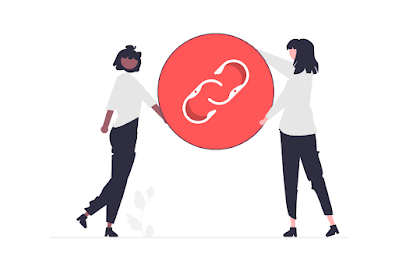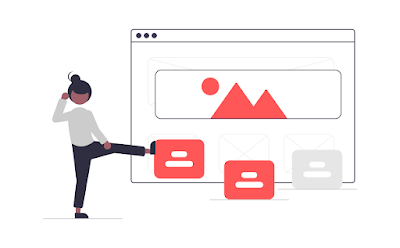A super list of blog titles (and blogging ideas) for when you're stuck! As these are used and abused I’d be careful not to copy paste but try to customise these titles. They do work in getting attention, give it a try, but then your content ( Content? What's that?? ) will need to be just as good. How to ____. How to ____ in X Steps. X Secrets You Didn't Know About ____. What ____ Doesn't Want You to Know. X Lies You've Been Told About ____. X Myths About ____ You Probably Still Believe. X Things We Learned From _____. X Predictions About the Future of ____. X Quotes About the Future of ____. X Inspirational Quotes to Help You ____. The One Thing You've Been Missing to ____. The Worst Advice You Can Hear About ____. The Best Advice You Can Hear About ____. Read What These X Experts Have to Say About ____. Why We Love ____ (and You Should Too!) ____ 101: All the Basics You Need to Know. The Beginner's Guide to ____. The Intermediate Guide to ____. The Expert...
Worth a read?
Effective blogging has a purpose, even more so when you think about business optimisation strategies and increased brand/product awareness. If you can keep the end reader informed/entertained enough to click on the CTA at the end of a blog post, then you have done the job as a "blogger." Blogging is one of the many channels that allow brands to build trust and credibility and a real connection with their customers. A gold mine if used the right way. Blog genuinely and tap into topics that trigger your customer's interests, not only when you want them to make a purchase, but way ahead of that. * Write blogs that speak to people in different stages of the buyer's journey. Not all blogs are top of funnel. * Don't build the house before you have the blueprint. Know where you're going with your content and why. * Use social listening to find out what people are asking, and blog to answer those questions. * Point readers to the next right step. Might be deeper lear...
To help you get started, here's a content marketing strategy checklist: Keyword Research: make sure you have a long list of keywords linked to your products, services, or brand. This list should be updated on a regular basis to incorporate new keyword ideas so that you never run out of material. Content Objectives: what are your goals for publishing content? Each piece of material might have its own objective. One goal could be to develop topic authority, while another could be to convert leads. Content Length: what is the expected length of your articles? Long-form material is highly regarded and often obtains higher traction in the SERPs. Keep the text shorter if the topic does not require 5,000 words. Style Guide: create a style guide to ensure that each piece of content has the same voice, tone, and appearance. Include specifics such as brand words' spelling and capitalization, the number of photos to use for each piece, and the number of subheadings to use. Pillar P...
Today we would like to share a good link building method which we've been using for a long time now. It's a free method to generate real quality traffic to your site. You simply need to register in each site and create your articles with your d0follow backlinks, that's all! We recommend to use unique articles (no spin content) to get the max of link juice. Enjoy! Website Dofollow DA DR techsite.io yes 51 68 qtolk.com...
Internal linking is an often-overlooked aspect of SEO, but it's a powerful tool that can help you improve your website's organic traffic and rankings. It can help visitors navigate your site more easily and keep them more engaged. Why search engines love internal linking? * Helps crawlers and users navigate your website * Aids in indexing of your content * Can help pass link juice (PageRank) around your website * Can help you target specific keywords with greater accuracy So here we're sharing 7 internal linking tips for you. 1. Finding related pages on your website: One of the best ways to find related pages on your website is by using the site: operator in Google. For example, if you wanted to find all the pages on our website that are about SEO, you could type in site:www.itzo.me SEO This will return all the pages on our website that are indexed by Google that include the term "SEO." 2. Anchor text: When creating internal links, be sure to use anchor t...
More than one offer on a page can overwhelm customers. The best landing pages have one offer. Yep, ONE offer. But they’re PACKED with: * Statistics / results * Case studies * Testimonials * Captivating copy * The language of the customer * Benefits (not just features) * Solutions to common pains It’s better to sell one idea properly, than not sell five ideas at all. If you're planning to direct traffic to your landing page through an email campaign then take time to look at these FREE email marketing services .







